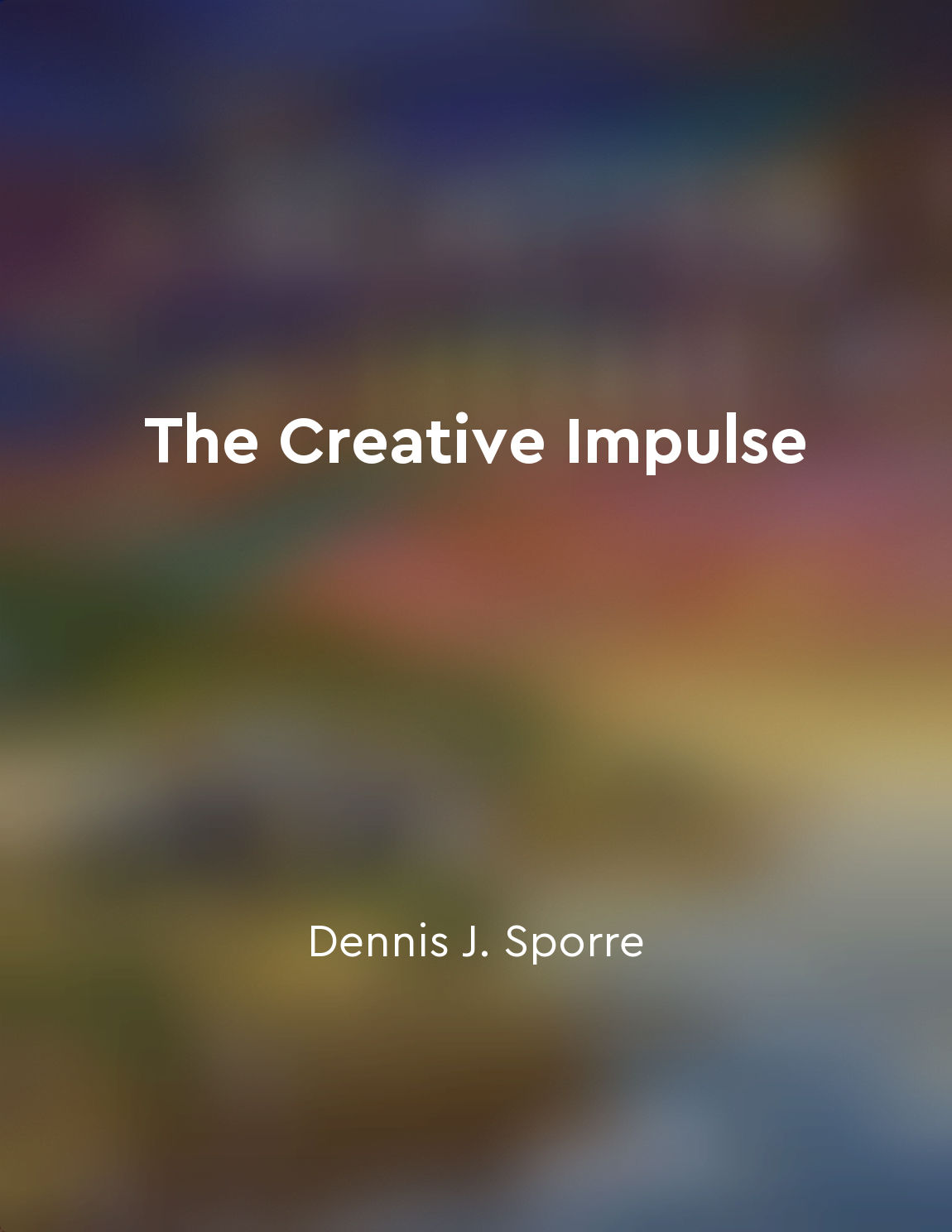Foster creativity in learning from "summary" of The Big Book of Independent Thinking by Ian Gilbert
One of the key elements in education is fostering creativity in learning. This concept goes beyond the traditional methods of teaching and empowers students to think outside the box. By encouraging creativity, educators can inspire curiosity, innovation, and critical thinking in their students. Creativity in learning allows students to explore their interests, experiment with new ideas, and express themselves in unique ways. It nurtures a sense of independence and self-confidence, as students are encouraged to take risks and make mistakes in order to learn and grow. This process helps students develop a growth mindset, where challenges are seen as opportunities for growth and learning. When creativity is fostered in learning, students are more engaged and motivated to participate in their education. They are encouraged to ask questions, seek answers, and challenge conventional thinking. This active involvement in the learning process promotes a deeper understanding of the material and helps students retain information more effectively. Furthermore, fostering creativity in learning helps students develop essential 21st-century skills such as communication, collaboration, and problem-solving. These skills are highly valued in today's fast-paced and ever-changing world, and are essential for success in both academic and professional settings. By encouraging creativity, educators can prepare students for the challenges and opportunities that lie ahead.- Fostering creativity in learning is essential for empowering students to become independent thinkers and lifelong learners. By encouraging curiosity, innovation, and critical thinking, educators can help students develop the skills they need to thrive in a complex and dynamic world. Ultimately, creativity in learning not only benefits students academically, but also equips them with the tools they need to succeed in all aspects of life.
Similar Posts
Creative individuals embrace ambiguity and uncertainty
The creative process is often seen as a journey into the unknown. Creative individuals are comfortable with ambiguity and uncer...
Cultivate a sense of curiosity and wonder
To be creative, you must cultivate a sense of curiosity and wonder. This involves approaching the world with an open mind and a...

Persistence is essential for creative achievement
Creativity is often romanticized as a sudden stroke of genius, an epiphany that strikes out of nowhere. However, the reality is...

Foster metacognitive skills
Fostering metacognitive skills is about helping children develop an awareness of their own thinking processes. It involves teac...
Fear is a natural part of the creative process
Fear is a natural part of the creative process. It is to be expected, like a pesky little gremlin that shows up whenever you tr...
Stay engaged with the world
In the fast-changing world of the 21st century, it is crucial to stay engaged with the world around us. This means keeping up w...
The future is shaped by our present actions
The idea that the future is determined by our current actions is a fundamental concept that has profound implications for the w...

Cultivating a sense of playfulness can boost creative thinking
When we embrace a sense of playfulness in our lives, we open ourselves up to new possibilities and ways of thinking. Playfulnes...

Creativity is not limited to the arts; it can be found in all aspects of life
Creativity is a quality that is not confined to a specific realm or discipline; rather, it is a fundamental aspect of human exi...

Use analogies to spark creativity
Analogies are powerful tools for sparking creativity because they help us see connections between seemingly unrelated concepts....

